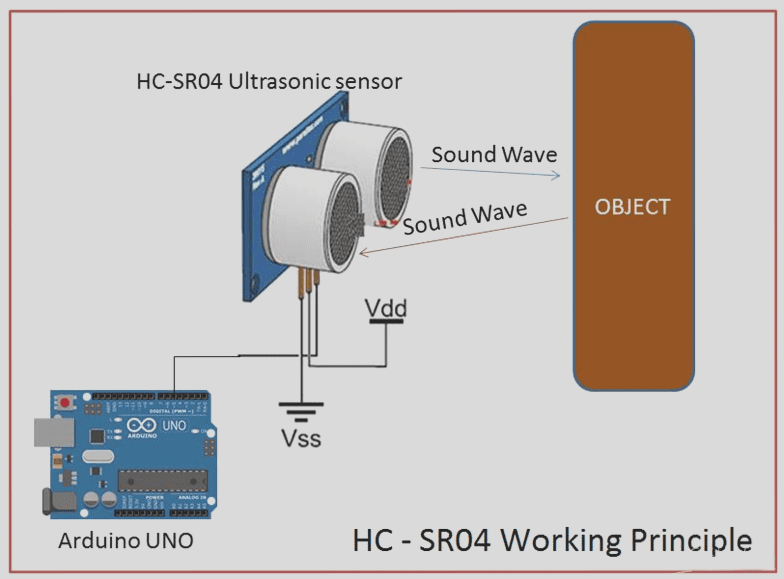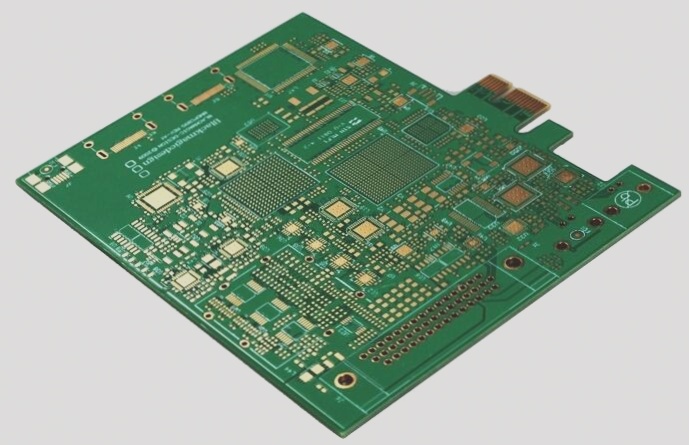PCB Manufacturing Process Overview
The PCB industry offers a variety of products categorized by the number of layers, ranging from single-sided to ten-layer boards. The manufacturing process involves selecting materials, defining process flows, determining parameters, and establishing testing methods. These steps are compiled into production instructions (MI) for execution.
Production Complexity
For simple products with four or fewer layers, a single process card suffices. However, complex multi-layer boards require separate production instructions for different stages. Unique internal codes track multilayer boards throughout production, with distinct process cards monitoring progress.
Batch Cards and ERP Systems
PCB production involves batch cards for product transfer and “excess” management. Standard ERP systems often fall short in addressing the specialized needs of PCB manufacturing, necessitating tailored solutions.

Production Operation Planning
Detailed production plans offer valuable information but are complex to calculate accurately. In PCB manufacturing, intricate engineering data and Manufacturing Instructions (MI) require time to develop. Small scheduling methods like Run Card scheduling are commonly used to manage operations.
Key Characteristics of PCB Production Process
- Reflow Processing: PCB manufacturing involves reflow processing to ensure high-quality production, especially in multi-layer boards where multiple steps are repeated for optimal results.
- Cutting and Pressing: Additional steps in the production process involve cutting and pressing techniques to refine the PCBs.
Key Steps in PCB Manufacturing Process
- Cutting and Pressing:
- Single-Chip Scrap:
- Impact of Design Changes:
During PCB production, cutting involves transforming large sheets of raw material into smaller, more manageable sizes. Pressing, on the other hand, is the process of bonding multiple layers together to create a single unit, crucial for multi-layer PCBs.
In PCB manufacturing, single-chip scrap refers to the practice of salvaging material from a defective board to minimize waste. This process involves tracking and documenting the number of single-chip scraps generated during production.
Given the fast-paced nature of the PCB industry, frequent design changes necessitate modifications to manufacturing instructions and process flow cards. Adapting to these changes can pose challenges in maintaining consistency and quality throughout the production cycle.
Effect on Production Efficiency
The accumulation of single-chip scraps and the need to adjust manufacturing processes due to design changes can impact production efficiency. Manufacturers must carefully manage these factors to reduce waste, optimize operations, and meet customer demands effectively.




